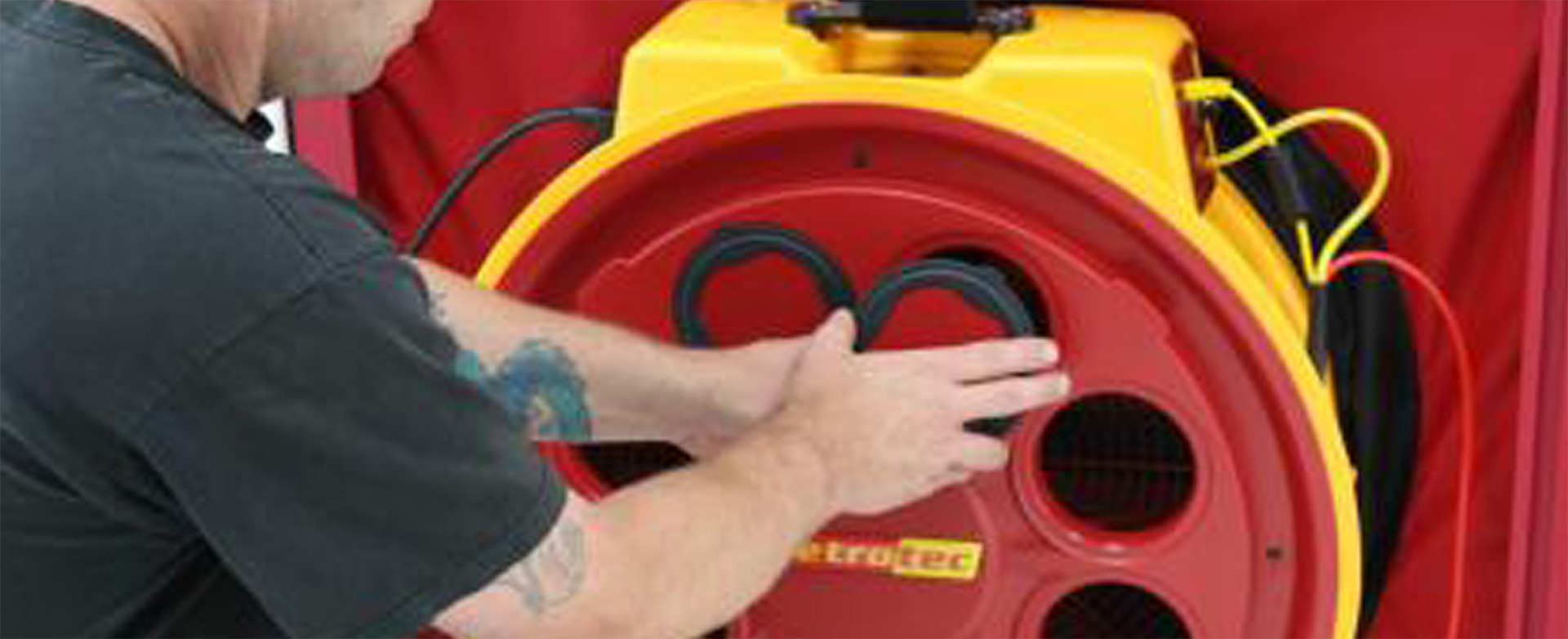How do I pass a small room?
I am having diffuculties passing a small room with an integrity test. Is there anything I can do or allowances I can make?
- Make sure all the sealing has been completed.
- Most often small rooms leak at the wall to lower slab joint. This must have a continuous caulk bead from the sheetrock to the concrete slab.
- Next, check the wall to ceiling slab joint. It must be continuous and can usually be sealed with expanding foam. Paint over with intumescent paint if a fire rating is a concern.
- Next, all cable bundles must be checked for leaks through the center of the bundles. Separate the cables and sealed between each cable.
- All ducts entering or leaving the space must be dampered but even when seating properly those dampers alone may be enough to make the room fail. A smoke tight damper must be used.
- If a suspended ceiling is in place.
- Consider flooding the space above the suspended ceiling which will usually require a nozzle up there.
- Perform a flex duct test to measure the below ceiling leak or use plastic on the ceiling with are both acceptable according to NFPA 2001 Annex C.
- If all the above has been done, consider shortening the retention time.
Small Room Retention Times (2,500 cu. ft. or less)
Some compromises can be made for small rooms for two reasons:
- They are not likely to have a large fire that would threaten the rest of the building.
- Once trained personnel arrive and open the door, the enclosure integrity (and some of the agent) is lost anyway so shorter retention times can be considered.
Select an appropriate retention time:
NFPA 2001 states "... the design concentration ... shall be maintained for a sufficient period of time to allow effective emergency action by trained personnel".
The following guidelines are suggested for small enclosures.
At a remote site, for example, where re-ignition was possible and where it would take 30 minutes for a responsible party to arrive it should be specified as 30 minutes. On the other hand, a small room with little or no potential for a deep-seated fire and where personnel would respond within 5 minutes would need a retention time of 5 minutes. NFPA 2001 does not recommend any specific time. The AHJ must ultimately decide what time is appropriate. ISO does specify 10 minutes.
Each room must have at least one door that will leak about 5 to 20 sq.in. A 350 cu.ft. room with a 14-minute hold time requires a leakage of 7 sq.in. or less to pass. Since that is not really practical, reducing the specified hold time or an extended discharge is the only option.
|
Recommended Times for Small Rooms For room volumes of: (cu. Ft.) |
2,500 |
1,250 |
625 |
350 |
|
Minimum achievable leakage area is: (sq. in.) |
62 |
42 |
32 |
23 |
|
Suggested retention times for inert: (minutes): |
10 |
10 |
8 |
6 |
|
Suggested retention times for halocarbons: (minutes) |
8 |
6 |
4 |
3 |




